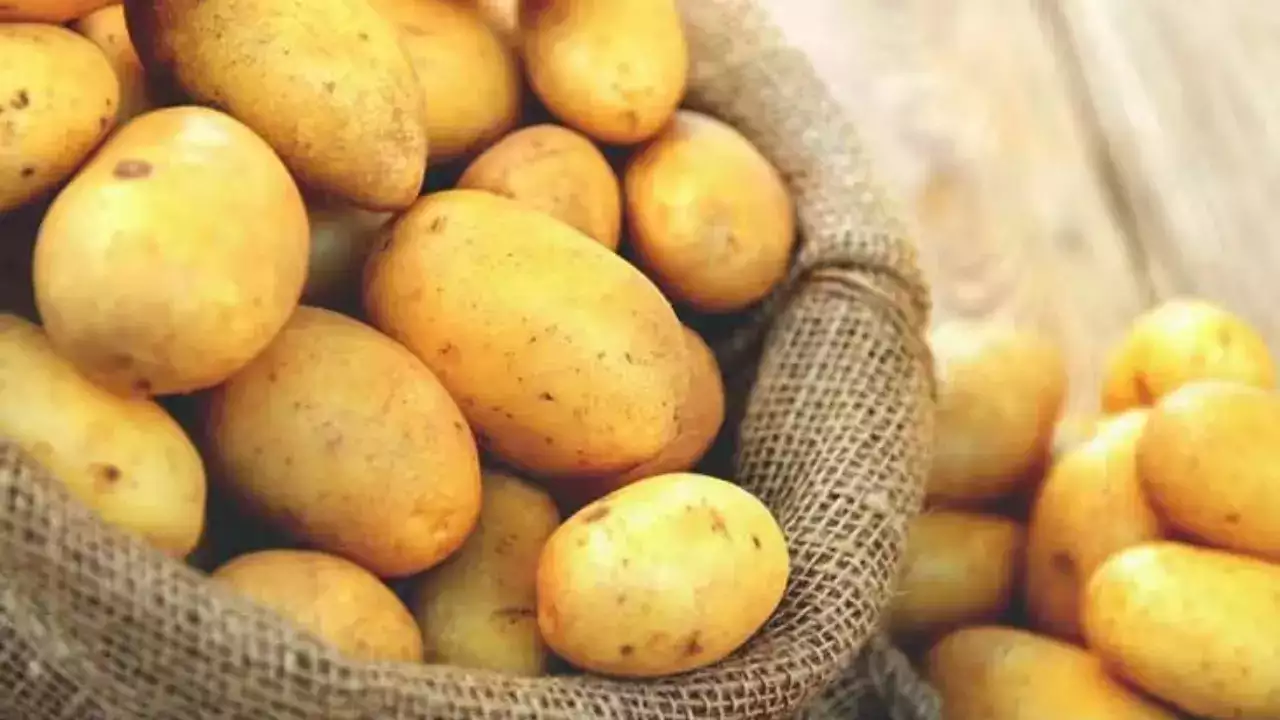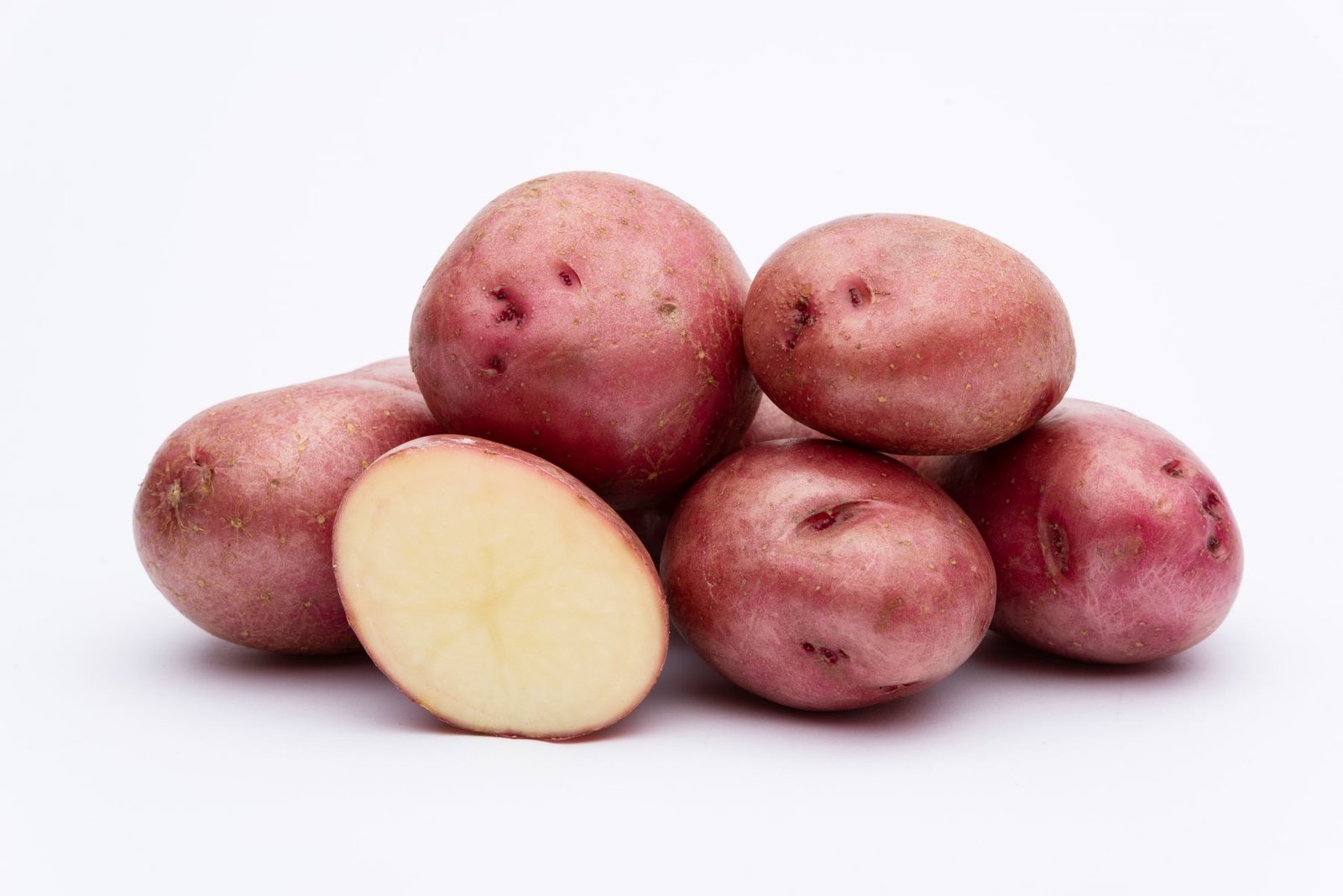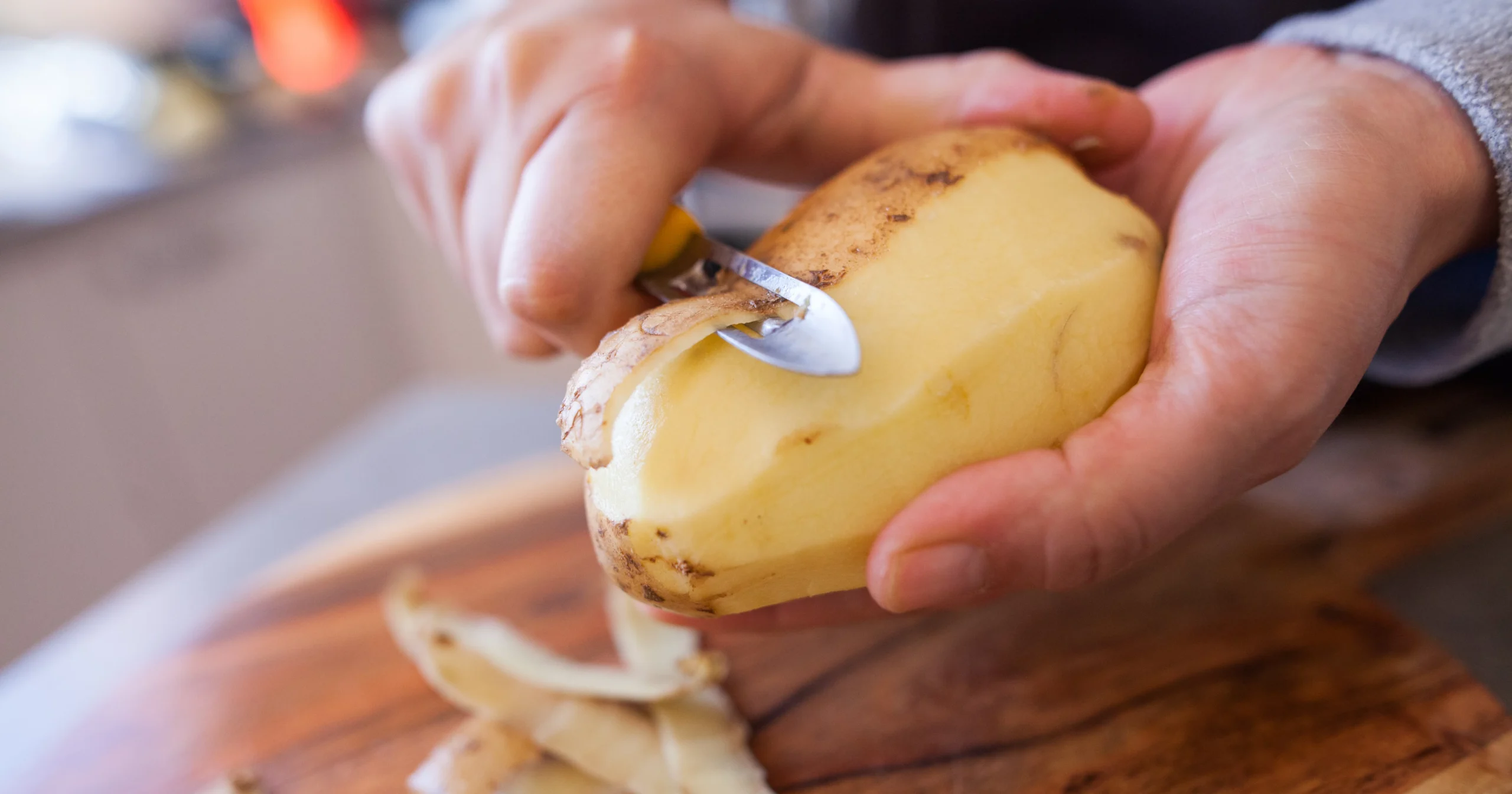Potato Microwave Nutrition: Why It Matters More Than You Think

Potatoes are a kitchen staple around the world, but how they’re cooked makes a significant difference to their nutritional value. A new study on potato microwave nutrition by India’s Central Potato Research Institute (CPRI) shows that microwaving unpeeled potatoes preserves the most vitamins and antioxidants—offering a simple way to boost your diet with this everyday food.
Microwaving vs. Steaming: Best Methods for Preserving Potato Nutrition
Cooking drastically affects the nutrient profile of vegetables, and potatoes are no exception. Vitamin C, phenols, and carotenoids are sensitive to heat, water, and air exposure. When potatoes are peeled and boiled, these nutrients are often lost in the cooking water. The new study from CPRI shows that cooking method and whether or not the potato is peeled significantly influence nutrient retention.
Potato Microwave Nutrition: Should You Peel or Not?
The study by CPRI researchers, led by Bandana Kaundal at the regional station in Meerut, compared microwaving and steaming across seven Indian potato varieties, including white, yellow, red, and purple-fleshed types. Their results, published in Current Science, offer data-backed guidance:
- Microwaving with skins intact retained up to 12x more vitamin C than peeling.
- Steamed, unpeeled potatoes retained 3x to 8x more vitamin C than their peeled counterparts.
- Microwaving outperformed steaming in preserving carotenoids and phenols.
Potato Varieties Tested
The researchers analyzed:
- Kufri Mohan & Kufri Surya (white)
- Kufri Pukhraj (yellow)
- Kufri Neelkanth (purple)
- Kufri Lohit (red)
The colored varieties showed higher antioxidant levels, especially phenols and anthocyanins.
Potato Microwave Nutrition: Antioxidants That Matter


Potatoes naturally contain several antioxidants:
- Carotenoids (yellow pigments, vision and immune support)
- Phenols (plant chemicals with anti-inflammatory properties)
- Ascorbic Acid (Vitamin C) (immune support and collagen production)
- Anthocyanins (found in red and purple varieties, anti-inflammatory and heart-healthy)
Microwaving vs Steaming: Which Preserves Potato Nutrition Best?
| Method | Vitamin C Retention | Phenol Retention | Carotenoid Retention |
|---|---|---|---|
| Microwaving (with skin) | Highest | High | Best |
| Steaming (with skin) | Moderate to High | Lower | Good |
| Microwaving (peeled) | Lower | Lower | Moderate |
| Steaming (peeled) | Lowest | Lowest | Poor |
Color Counts: Why Colored Potatoes Are Better
Scientists found that colored potatoes are significantly more nutrient-dense than their white-fleshed counterparts:
- Purple and red varieties contain anthocyanins, a rare antioxidant not found in white potatoes.
- Yellow potatoes retained the highest levels of phenols and carotenoids.
“In general, coloured potato varieties — whether yellow, purple, or red — are nutritionally superior to white potatoes,” says Kaundal.
Potatoes and Your Daily Nutrition
A medium-sized (150g) skin-on potato can provide:
- 620mg potassium (more than a banana)
- 45% of the daily vitamin C requirement
- No fat, sodium, or cholesterol
This makes potatoes a nutrient-rich, low-fat option, especially when not deep-fried or peeled.
Practical Tips: How to Cook Potatoes for Maximum Nutrition

Best Practices:
- Keep the Skin On – Most fiber and vitamins lie in or near the skin.
- Use the Microwave – Wrap potatoes in a moist paper towel; cook 4–5 minutes.
- Choose Colored Varieties – Purple, red, and yellow types are antioxidant-rich.
- Avoid Boiling – Especially with peeled potatoes, as nutrients leach into water.
Traditional Oven Alternative:
Even a simple wood-fired stove or chulla can outperform boiling in nutrient retention.
From Tradition to Science: Bridging the Gap
In Indian households, boiling and frying have been the dominant potato-cooking methods. However, scientific studies are increasingly highlighting simple changes that can dramatically improve health outcomes. Adopting microwave cooking and retaining potato skins are easy steps toward a healthier diet.
The Future of Potato Consumption
With the rising burden of lifestyle diseases such as hypertension and diabetes, shifting dietary habits to nutrient-dense staples like microwaved, unpeeled potatoes can play a vital role.

Government agencies like CPRI are actively working to educate the public and promote sustainable, healthy food practices. Their findings underscore the importance of culturally relevant, science-backed dietary guidelines.
Small Choices, Big Impact
From choosing the right potato to preparing it correctly, small decisions can lead to substantial health gains. Microwaving unpeeled, colored potatoes can unlock their full nutritional potential — making the humble spud a superfood in disguise.




